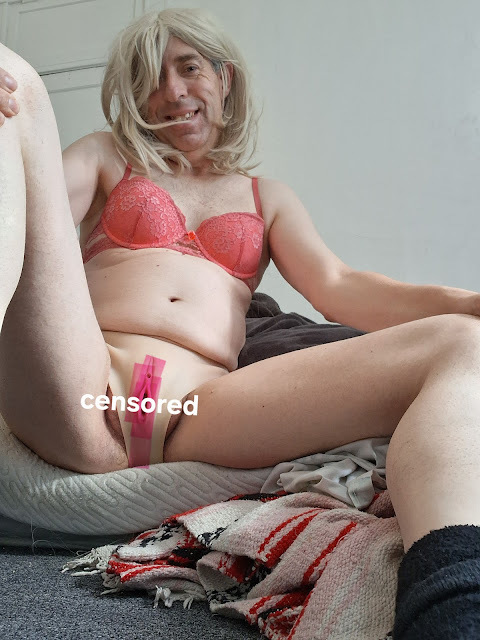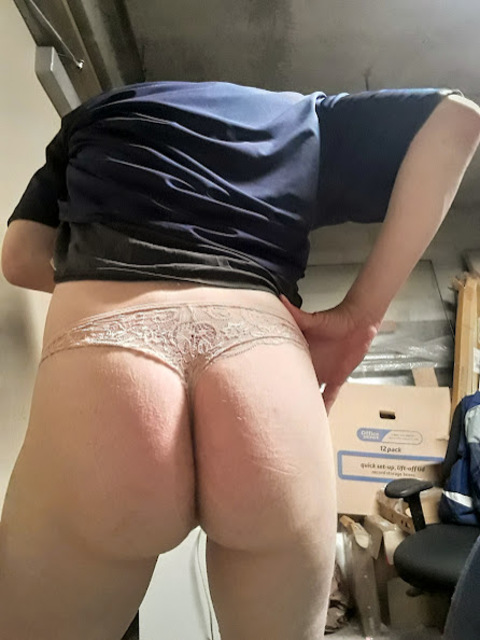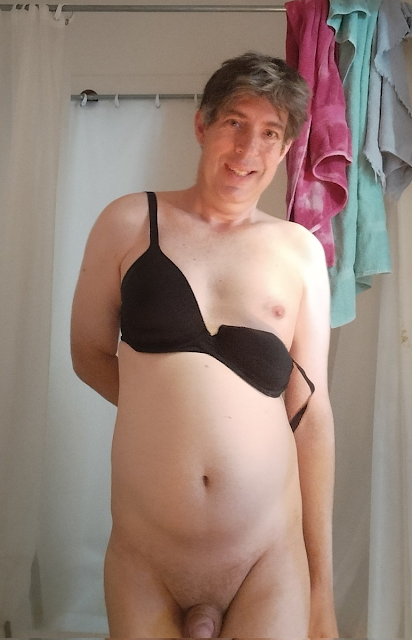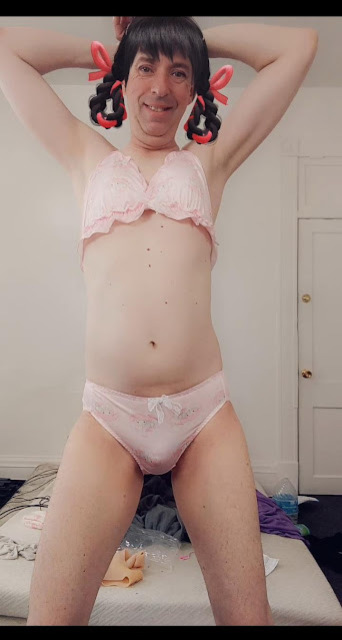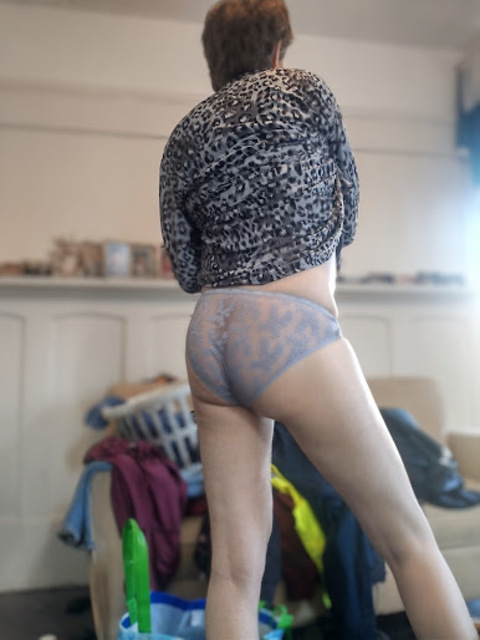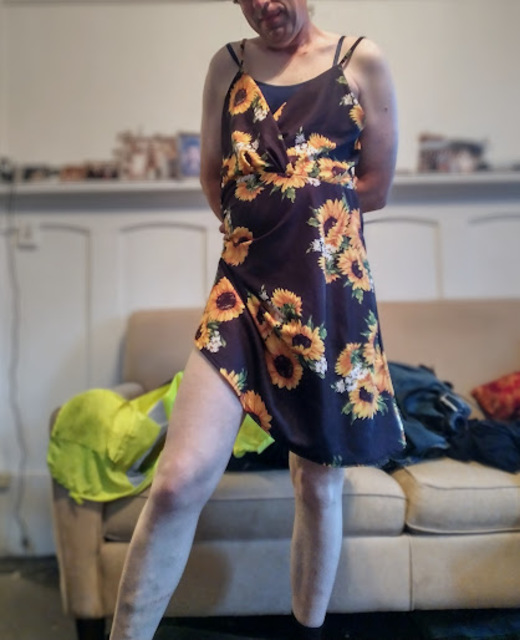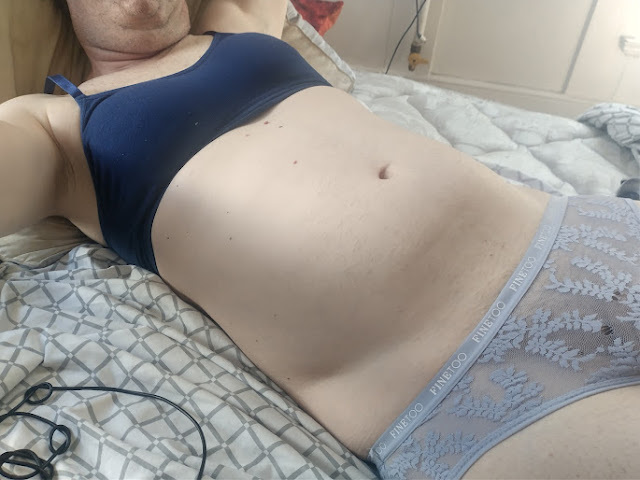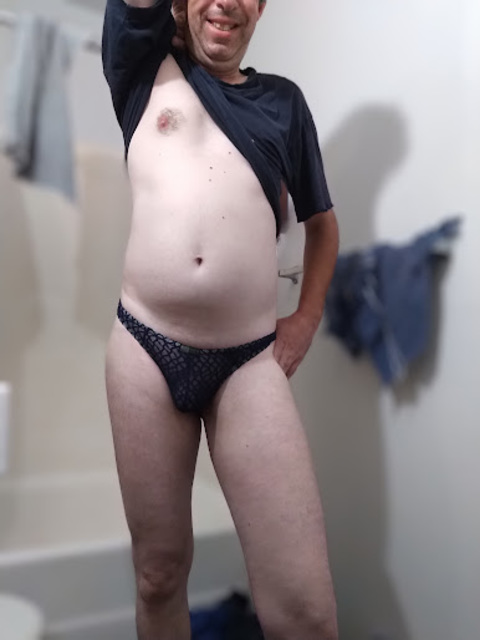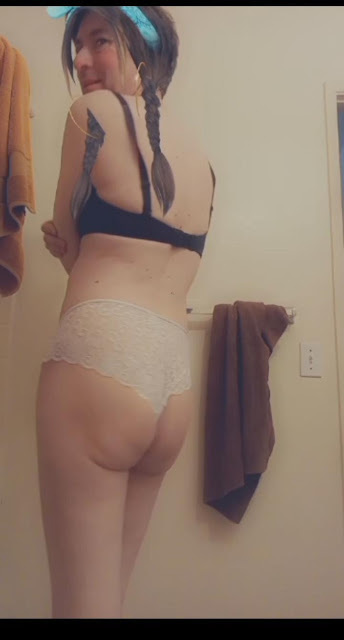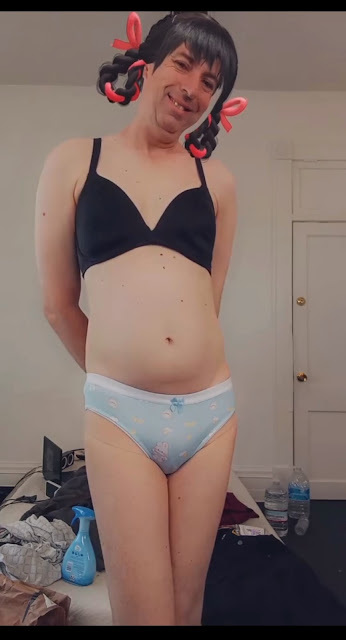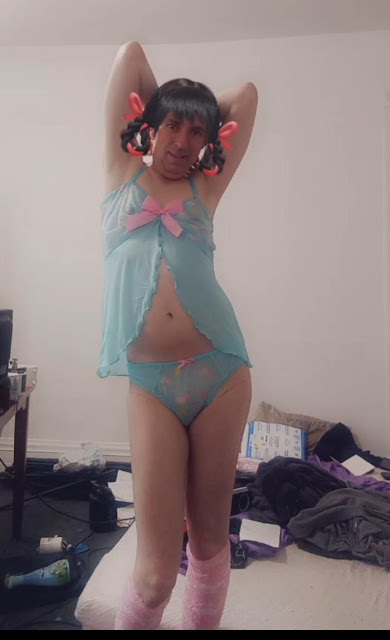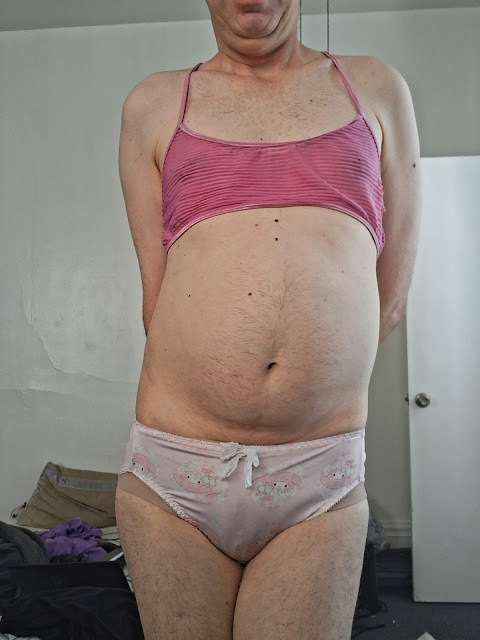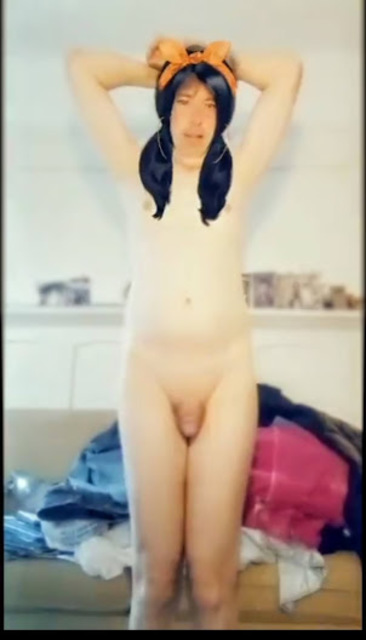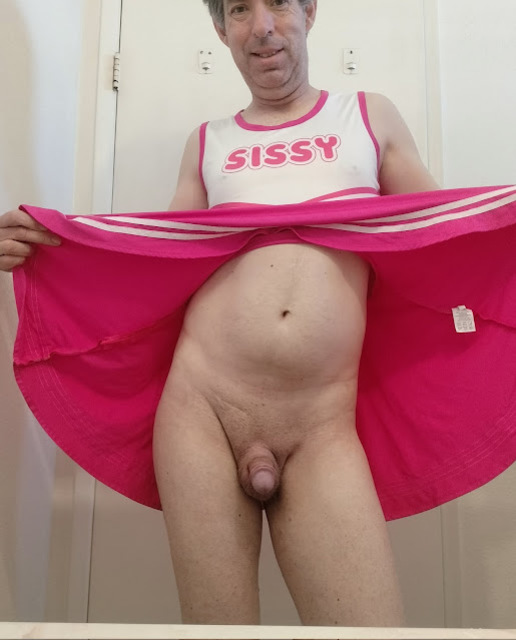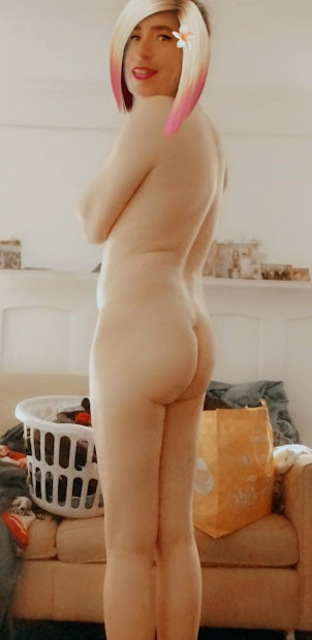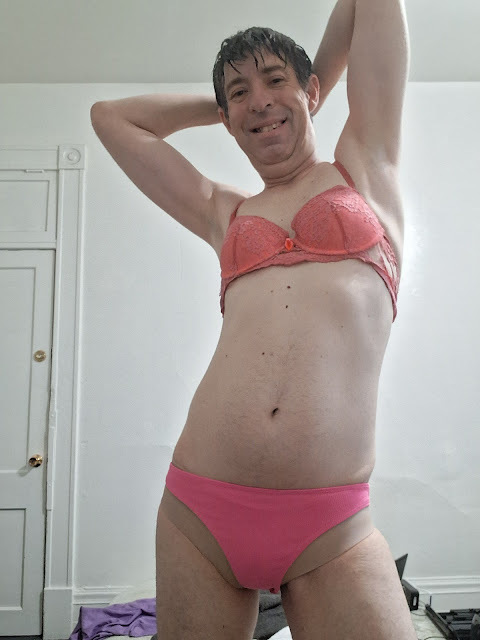Unraveling the Thread: How
Clothing Has Been Used to
Subjugate Women—and Why
That’s Changing
By Chrissy
Why do women have to cover their chests
while men can go shirtless in public? It’s a
question that may seem simple—but carries
profound implications about gender, power,
and control. What we wear has never been
neutral. Clothing is one of the most
immediate ways society tells us who we
are, or who we’re allowed to be. And when
it comes to gender, clothing has been
weaponized—especially against women
—for centuries.
But this isn’t just about history. It’s about
lived experience. It’s personal.
My Own Journey Through the
Fabric of Gender
As someone still exploring my own gender
identity, this topic isn’t abstract. I was
always a little more feminine than masculine,
even as a child. For years, I repressed it
—hiding behind "boy clothes" and what society
expected of me. But in time, especially through
the support of loving partners and close
relationships, I came to embrace not only
my homosexuality but something even deeper:
the truth of my transgender identity. I am a
woman—a female self long trapped in a
male body.
Though I firmly believe clothing shouldn't
define gender—because gender identity is
internal, not sartorial—clothing still does carry
that symbolic weight in our world today. And
so, until I find the strength to publicly transition,
I express my femininity in the ways that are
available to me now: I wear bras and female
underwear every day in secret beneath my
outwardly masculine clothing. In private, I
allow myself to wear skirts, dresses, lingerie,
and the soft, beautiful fabrics that make me
feel aligned with my true self.
It’s not about performance. It’s about
presence. It’s about reclaiming what was
always mine.
The History of Clothing as a
Tool of Gender Control
To understand how we got here, we
must look back.
Clothing began as a means of protection.
But from early civilization onward, it
evolved into a tool of social stratification
—and eventually, a means of gender
control. Ancient societies created strict
visual codes for women, emphasizing
modesty, submission, and containment.
While men wore tunics or armor suited for
movement, battle, and public life, women
were wrapped, tied, bound, and veiled.
The message was clear: men moved freely
through the world. Women did not.
In medieval and early modern Europe, this
dichotomy hardened. Men's clothing was
practical. Women’s clothing was restrictive,
ornate, and often uncomfortably symbolic.
Corsets, crinolines, and hoop skirts made
running, fighting, or even breathing difficult.
These garments weren’t just fashion—
they were cages.
If you were wearing a dress, you weren’t riding
into battle. You weren’t speaking in court. You
weren’t commanding an army or a kingdom.
You were ornamental. You were controlled.
Modesty, the Female Chest, and
the Double Standard
These patterns persist today—nowhere
more clearly than in the sexualization of
the female chest. The fact that a man can
walk down the street shirtless without a
second glance, while a woman can be
arrested for doing the same, speaks
volumes. This isn’t about modesty. It’s
about power and shame.
The female chest has been hyper-sexualized
while simultaneously shrouded in taboo.
This serves to objectify women and punish
them at the same time. Even breastfeeding
in public is controversial in many places
—seen not as natural or maternal, but
as obscene.
This double standard is part of a larger
system that says women must be desirable
but modest, visible but not too loud, strong
but not threatening. And clothing is the
vehicle through which these contradictory
demands are enforced.
Clothing as Power—
and Resistance
Throughout history, clothing has helped
define who was allowed to hold power.
Male garments—uniforms, suits, boots
—were made for authority. Female
garments were not.
This is why women were long excluded
from spaces of governance and
decision-making. Until just a few decades
ago, women couldn’t wear pants in
courtrooms or on the floor of the
U.S. Senate. Power had a dress code
—and that dress code was male.
Today, those lines are blurring. The rise
of androgynous and gender-neutral
fashion challenges the old binaries.
More people are rejecting the idea
that clothes must conform to “male”
or “female.” Icons like Harry Styles,
Elliot Page, and Indya Moore are
showing that fashion can be fluid,
expressive, and liberating.
Yet, as someone living with a
transgender identity, I still feel the
weight of those norms. When I wear
a bra or slip on a dress, I’m not just
“playing dress-up.” I’m aligning myself
with my truth. I’m saying to the world
—even if they can’t see it yet—
that I know who I am.
The Future: Beyond
Gendered Fabric
We are in the midst of a slow but powerful
revolution. The #FreeTheNipple movement,
the rise of unisex clothing lines, and the
increased visibility of trans and nonbinary
voices all point to one truth: gender
expression cannot—and should not
—be policed by fabric.
But the work isn’t done. We still live in
a world where a child in a skirt is bullied,
where a trans woman is judged by her
ability to “pass,” and where freedom of
clothing is still a privilege, not a right.
So yes, I dream of a world where clothes
mean only what we want them to mean
—where they’re tools of expression, not
oppression. But until then, I will continue
to express my identity, my truth, my
womanhood—even if it’s still beneath
the surface, hidden under layers.
Because to wear what makes you feel
like you is an act of quiet rebellion. And
sometimes, rebellion begins in a closet.




















